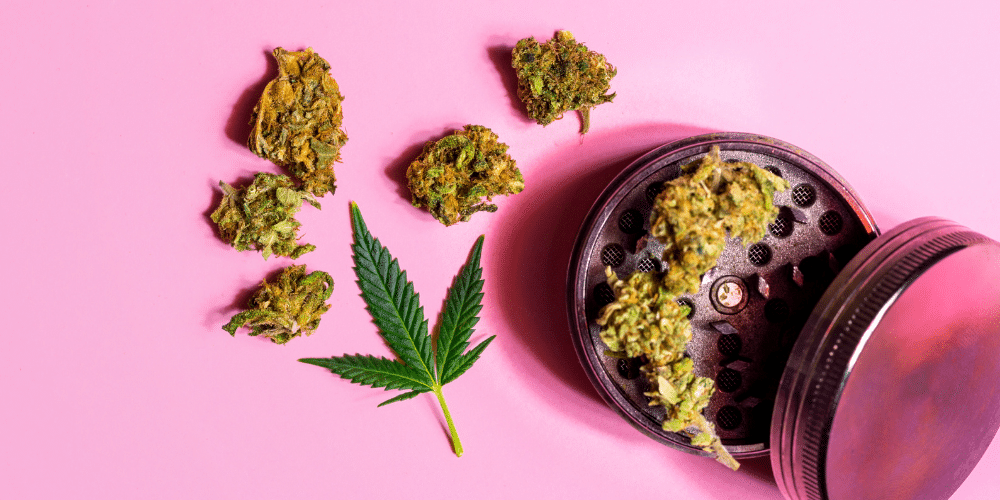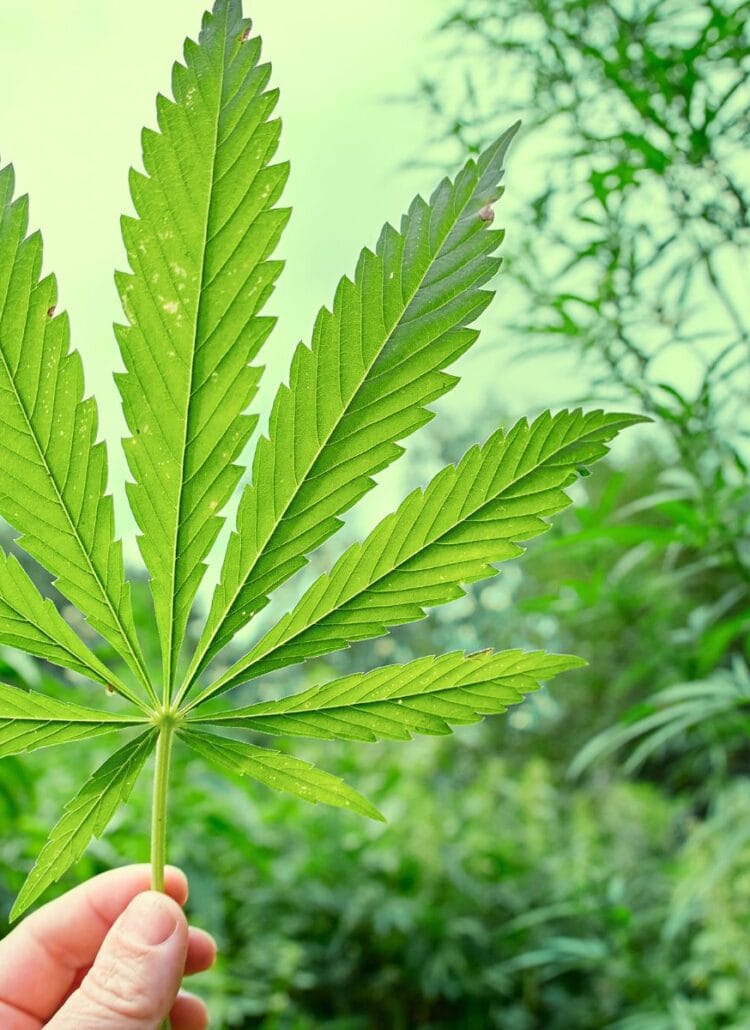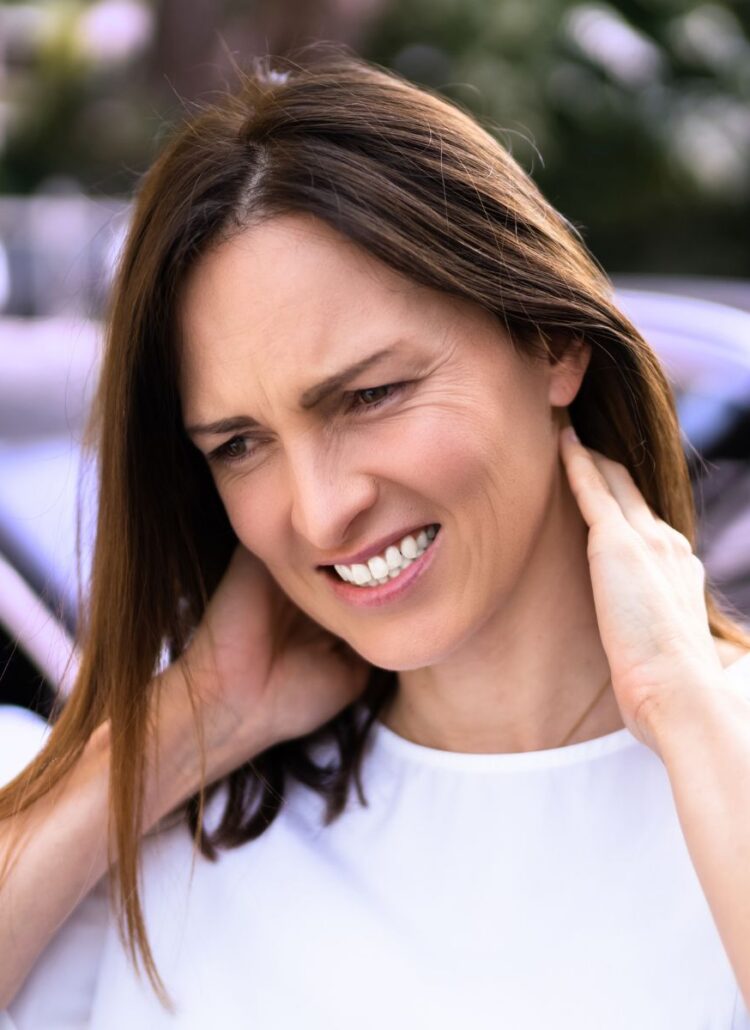
What is PTSD?
Post-traumatic Stress Disorder (PTSD) is a weighty type of mental health condition where the trauma of a horrifying or distressing incident lingers in the patient in the aftermath of that incident. The lingering trauma stays on in fragments in the mind and emotions of the patient for more than a month and could resurface repeatedly. In the American Psychiatric Association’s study of this psychiatric condition, it was discovered that PTSD affects approximately 3.5% of adults in the United States annually. Over and above this seemingly tiny percentage is the unpleasant finding that PTSD affects women twice as much as men, and 1 in 11 people will suffer PTSD throughout their life.
An Outlook on PTSD: Stages, Causes, Symptoms
The Stages of PTSD
It is worth paying attention to the fact that PTSD does not occur in one stroke but like waves that come in sets. Akin to the 5 stages of grief spotted by Elisabeth Kübler-Ross in 1969, some studies indicate that PTSD has the same number of stages. It begins from the Impact/Emergency stage and moves on to Denial/Numbing, Rescue, Short-term Recovery (aka Intermediate), and Long-term Reconstruction. Just like Acceptance, the last stage in the 5 stages of grief, the Long-term Reconstruction stage is where full recovery happens.
Disturbing Incidents that Could Lead to PTSD
PTSD is the aftermath/by-product of disturbing incidents; it feeds on the trauma that stays on after the disturbing event has been experienced. These experiences are either direct or derived; patients suffering from PTSD either had a direct experience with any of the deeply disturbing incidents mentioned below, including others not mentioned here, or they had an indirect experience.
Some of these disturbing incidents are:
- Accidents/crashes from any means of transportation.
- The sudden death of a cherished one or a significant other.
- Living through and surviving genocide, civil war, or other types of armed conflicts. Or, fighting wars as a soldier.
- Rape and other forms of sexual assault.
- Gun violence and terrorism.
- Domestic violence.
- Exposure to violence in movies and other forms of visual art.
Tell-Tale Signs for PTSD when It Comes
How do you identify PTSD? There are revelatory signs to look out for such as fast and hurried breathing, intense guilt, flashback, high blood pressure, panic attack, etc. To make the symptoms less difficult to identify or confused with the symptoms of other mental health conditions, here is a four-factor structure/category by the Diagnostic and Statistical Manual of Mental Disorders 5th Edition (DSM-5) to guide you: Intrusion symptoms, Avoidance symptoms, Dysphoria symptoms, and Hyperarousal symptoms.
The DSM-5 PTSD Symptom Cluster: Intrusion, Avoidance, Dysphoria, Hyperarousal
Intrusive symptoms replay the memories of the disturbing incident by invading or interrupting the patient’s mind; flashback is a dominant symptom. Avoidant symptoms are displayed when the patient consciously distances themselves from triggers that could remind them of the incident; triggers could be songs, thoughts, movies, places, or pictures. Symptoms within the dysphoria cluster drive the patient towards frustration with life and guilt; unhappiness follows closely and with it, a string of negative emotions and feelings. Within the hyperarousalsymptom cluster, patients experience increased suspicion (hypervigilance), irritability, insomnia, sustained stretches of sudden releases of strong emotions such as anger.
Bear in mind that when it comes to PTSD, timing is important. Symptoms that disappear in less than a month cannot be individually or collectively identified as PTSD. Despite the depth of PTSD and its effects in patients, there is good news: there are existing treatment options that can help one reduce or control the symptoms they experience no matter the symptom cluster or stage of PTSD they find themselves in.
Existing Treatments for PTSD
Post-trauma stress disorder can be treated in various ways such as extended interactions with loved ones. But unfortunately, some will look into unhealthy ways to cope, or at least “escape” how they’re feeling, such as substance abuse. Unfortunately, this can lead to things such as needing to go to drug rehab, damaged relationships, more stress, and this deeper rabbit hole of coping and escapism.
Nevertheless, we will focus on the multiple professional treatments available for patients as recommended by the Agency for Healthcare Research and Quality.
These professional conventional treatment options are:
- Psychological first aid.
- Critical incident stress debriefing aka psychological debriefing.
- Medication.
- Coping skills therapy.
- Cognitive therapy (behavioral, processing, and restructuring).
- Stress inoculation therapy.
- Eye movement desensitization and reprocessing (EMDR).
- Exposure therapy.

Alternative Treatments for PTSD: Treating PTSD with Medical Cannabis
While any of these conventional treatments help PTSD patients heal from their trauma and find serenity, oftentimes they are either not holistically enough as stand-alone treatments or they do not work for some patients. And this is where medical cannabis comes in as full-spectrum, isolate, or broad-spectrum products.
Medical cannabis treatment is one form of alternative treatment recommended as a stand-alone option or as an accompaniment in treating PTSD in returned armed services veterans and other patients. BioMed Central pointed this out in their Medical Cannabis for Psychiatric Disorders: a Clinically-focused Systematic Review content. CBD oil helps in directly curbing/reducing a couple of the symptoms in the dysphoria symptom cluster; these symptoms are panic attacks and anxiety.
Medical cannabis vaporizers and edibles get rid of sleeplessness/insomnia in the hyperarousal symptom cluster by improving total sleep time and sleep efficiency and stopping sleeplessness. On the farther side of medical cannabis products, lozenges, oro-mucosal sprays, gummies and candies, and tinctures help as well.
Medical cannabis one-ups traditional treatments for PTSD because it stimulates and activates both the cannabinoid receptor 1 (CB1 receptor) and cannabinoid receptor 2 (CB2 receptor) in the patient’s body by administering treatment directly to the nerves in the body. Now that you know there are alternative treatments for PTSD as a stand-alone or a complementary option, we suggest getting a medical cannabis recommendation from a cannabis doctor before opting for PTSD treatment with medical cannabis.
Read more on how to choose the best marijuana strain for PTSD treatment.
Pin This Post





